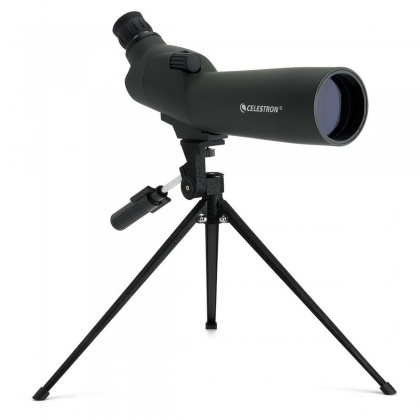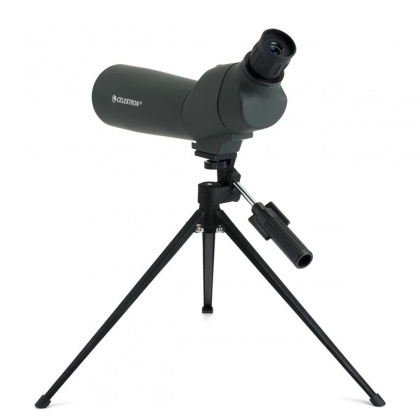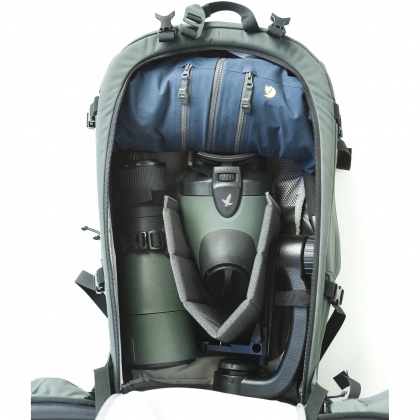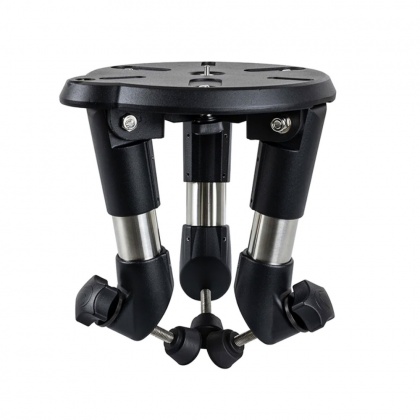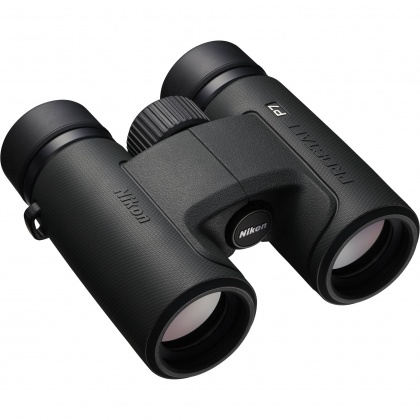Featured Products
Black Friday Deals on Binoculars
Looking for the best Black Friday deals on binoculars? We have offers on all the major binocular brands and models to make sure that you get the best value for money this Black Friday. Whether you’re looking for a good deal on a premium brand like Canon or looking for a more affordable set of binoculars like the Vortex Diamondback, or Hawke Endurance we’ve got savings for everyone this year.
Black Friday Canon Binoculars 2024, Black Friday Vortex Binoculars 2024, Black Friday Celestron Binoculars 2024, Black Friday Hawke Binoculars 2024, Black Friday Zeiss Binoculars 2024.
How do I choose a pair of binoculars?
When choosing a pair of binoculars, bear in mind that the first number is the magnification and the second is the diameter of the front glass in millimetres. The first number divided into the second gives the light gathering power. Thus, all things being equal, a pair of 8x32 will be as bright as a pair of 10x40 but smaller and less powerful.
8x42s (with a light factor just over 5) are the classic choice for all-year-round birdwatching. 8x22s or 25s are considerably smaller & lighter and are perfectly good in bright conditions. As the size and magnification increase, eg to 10x ,15x, or even up to 25x, it is increasingly difficult to hold them steady without a support.
Canon binoculars all have a battery-powered image stabiliser which makes a big difference if you are unable to use a tripod, monopod or a handy branch. For example, in a crowd or bumping around in the back of a reasonably uncomfortable Land Rover.
The best way to select a pair of binoculars is to call in and weigh up the price, weight, magnification, brightness and quality that suits you Sir. Or madam.
We're here to help. Remember! The more you invest in your optics, the less there will be left for the children to waste.
Here are our answers to some of the questions that people ask.
What does 10x50 mean for binoculars?
Every pair of binoculars has two numbers applied to it (in this case, 10x50). 10x indicates a ten times magnification. Anything you look at will be ten time bigger than the naked eye.
The second figure is the width of the front glass (technically the diameter of the objective lens in millimetres) which gives an indication of the brightness.
Dividing the first number into the second produces a brightness factor. So an 8x32 pair have a factor of 4 and will be as bright as a 10x40 or 12x48 or 20x80. The 10x50 will be slightly brighter so are ideal for using in poor light where the weight is not a problem. For example, leaning on the back of your chair looking at the stars.
7x50s with a factor of 7 and a bit are the brightest in common use and are popular with sailors finding their way home from the pub. The Steiner Navigator Pro come with a compass but, sadly, not a bottle opener.
What strength binoculars do I need?
The magnification, or strength, that you choose for your binoculars is dependent on what you’ll be using them for and how much weight you want to carry around. For general use, a magnification from 7x to 12x will be sufficient and as much as you can hold steady without shaking. 8x and 10x are the most popular for general use.
Remember that the brightness of view depends on the width of the front glass divided by the magnification. All things being equal, as the magnification doubles the size and weight go up four times.
If you like to go for long walks on sunny days, a good compact pair will save you carrying around a lot of heavy glass that you don’t need.
On the other hand, if you like to sit on your balcony and watch the boats go buy or do a bit of star-gazing, the biggest pair possible on a good tripod will be just the thing.
What should I look for when buying binoculars?
Once you have decided on the size, there are a few features that may make a difference and could be worth paying a little more for.
The main difference with a more expensive pair is the quality of the optics. The quality of the image depends on both the quality of the glass itself and the precision of the grinding. The search for perfection is an expensive business, involving exotic glasses and an obsession with precision grinding spanning several generations. A really top quality pair will quickly get you into four figures.
All the quality in the world will not help you if you can’t hold them steady. If you are short of a friend to lean on occasionally, make sure that you choose a pair that either will attach to a tripod or clamp or come with stabilisation. Alternatively, stich some leather patches on to the elbows of your walking jacket.
The mechanical quality is probably the next thing to check. A smooth focusing action down to close distances will cost you more than a less ambitious construction.
If you wear spectacles, you will want to look out for binoculars with long eye relief which allows you to use them without having to take your specs off every time.
If you venture out in all weathers, or on small boat, you will need a gas-filled pair that will keep out the fog and moisture. You will also see a big benefit from a stabilised pair. Canon's 10 x 42 IS L pair are the ultimate. They are built to the same standard, and with the same Image Stabilisation and Weatherproof technologies, as Canon's professional lenses. Naturally, they come with a similar price tag.
How do I set up my binoculars?
First things first. Take them out of the box attach the strap and put it round your neck.
Take the binoculars in both hands.
Adjust the central focus until the image is fairly clear. If you are using them without spectacels, twist out the eyecups and adjust the hinge so that the eyecups fit your eye sockets nicely and the images from each eye merge into one.
Close your right eye, aim at a clear, well defined object such as a chimney or a road signe and adjust the focus to get the clearest possible image with your left eye.
Close your left eye and adjust the right eyepiece to produce the sharpest image.
Open your left eye and start to see the unseen.
Which binoculars are best for Stargazing / astronomy?
A big pair!
Stars are very small to the naked eye, so you will need a pair with high magnification which means a long instrument. Stars are also not very bright so you will need good light gathering which demands a wide front lens.
However, a good pair of 12x50 or even 20x80 binoculars may be ideal for general purpose observation as well as pointing upwards to the night sky for a clearer view of the Moon and the constellations.
Of course, as they get bigger they both cost and weigh a lot more so a tripod can be handy to give your arms a rest.
These Skymaster 15x70 Pros with ED Glass are excellent quality and provide a good compromise between size, cost and performance.They come with a tripod adaptor in the box as well as a carry case so you can comfortably take them to the seaside next time you go. Maybe this year, maybe 2022.....
If you don't want to bother with a tripod, the Canon 12x36 IS pair are an excellent choice. The Image Stabilisation will be just as useful if you also use them in a Land Rover or a boat.
Whichever you choose, don’t point them at the sun.
As your choice leads you to bigger and bigger sizes, you might consider saving half the cost and weight and choose a monocular, a spotting scope, or an astro-telescope instead. If you looking through just one eye sounds a bit squinty, how about a Swarovski scope with a binocular eyepiece?
Can I get waterproof binoculars?
Absolutely. In fact, as it’s likely that you’ll be outside for the majority of time whilst using your binoculars, it would be wise to opt for ‘waterproof’ or ‘weatherproof’ binoculars anyway. Waterproof binoculars are fully sealed and gas-filled. This prevents any dust, water or other particles from getting inside and damaging the unit. The Canon 18x50, Image Stabiliser, Waterproof Binoculars are a good option if you’re looking for a sharp and steady view in harsh conditions or even marine environments.
Which binoculars should I buy for birdwatching?
If you’re looking to buy binoculars for birdwatching specifically, aim for a magnification in the lower range of 8x to 10x. You can achieve a much wider field of view when using binoculars with a lower magnification, which is ideal if you’re hoping to spot a fast-moving bird or animal. Binoculars with a lower magnification are also much easier to hold steady - a must unless you rest them on a support or choose a pair with image stabilisation.
Can you clean your binoculars?
Yes. Of course you can but, to help maintain the quality of your binoculars over time, our best advice would be to clean your binoculars as sparingly as possible. This will help prevent any unnecessary damage to the lens or coating from simply using the wrong cloth material or harsh chemicals. We would highly recommend using the Zeiss Lens Cleaning Kit for the best results. It is completely safe and includes; a microfibre cloth, grease and oil-dissolving cleaning solution, a lens brush and a dust blower.
Is Swarovski a good brand for binoculars and is it worth the money?
In the world of optics, Swarovski – without a doubt - are best known for their premium, high-precision products. If you’re looking for a pair of binoculars that you know will maintain their quality and value over a long period of time, then we would highly recommend investing in a pair of Swarovski binoculars. Several of us have had the thrill of visiting the factory in Austria and can vouch for the dedication and skill that goes into every pair. And we’d quite like to go again please.
How do image-stabilising binoculars work?
Canon Image stabilising (IS) binoculars use the technology developed in the lenses for their EOS cameras. A clever bit of electronics moves an internal lens element to compensate for the external movement, or shake, of the binoculars. So, it only works if when you turn the battery on.
The 12x36 are the most popular pair under £1000 and make use of the stabilisation to give slightly more magnication than you would normally expect to be able to hold steady. The 10x42 are brighter, weatherproof and equally as popular. Although relatively expensive, you could still buy 10,000 pairs for the price of Sir Ben Ainslee's new boat.
The entire Canon range are good value if you are over the age of ten, looking for fine detail over any length of time, all at sea or just prefer not to either plant your elbows in the mud or carry a tripod cross-country.
Are Compact binoculars any good?
Compact binoculars are very good, especially if you have small pockets.
8x20s or 10x26s are our most popular.
They lack the brightness of a larger pair but, with modern optics, this is not such a problem. Indeed, the new, improved and only very slightly more expensive Steiner Blue Horizons are reactive in the same way as spectacle lenses to actually cut down the brightness. They could be just the thing if you live on a yacht at Monaco or Bermuda, so good for people with very large pockets as well.
Of course, if you are off for a long mountain climb and not sure if it will still be foggy when you reach the summit, a compact pair in your pocket will be much better than the large pair that you left at home. If you want to go really compact, consider a monocular from Zeiss or Vortex.
Are monoculars better than binoculars?
I am guessing that the word binocular came into use when two spyglasses were joined together and the world was looking for a better, and shorter term than ‘two-telescopes-joined-together’ or 'bitelescope’. Although, I have to say that twinocular has a nice ring to it.
If you have one blind eye, a monocular is very good for pointing in the general direction of something that you don’t wish to see. If you don’t go by the name of H Nelson (Lord), two oculars pointing in the same direction are better to look through than just one.
Two pointing in slightly different directions will give you a serious headache quite quickly and is not so good. So, binoculars need to be built to a high standard to be comfortable over time. For short glimpses and taking on a walk ‘just in case’ a monocular, half the size and weight, is ideal. The Vortex Solo range are very popular. The 8x36 RT even has images in the eyepiece that you can line up to give a fair estimate of distance.










 Low Stock - order now or contact us to reserve
Low Stock - order now or contact us to reserve
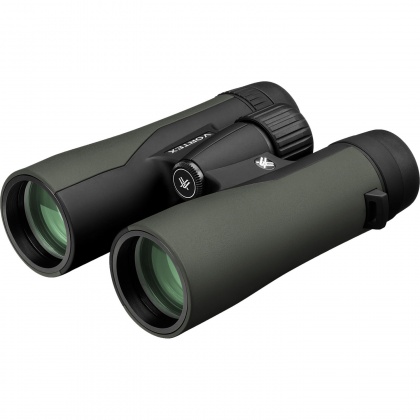

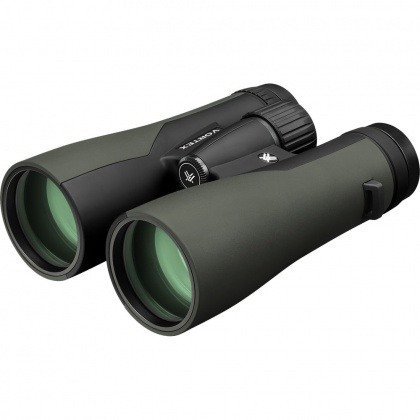

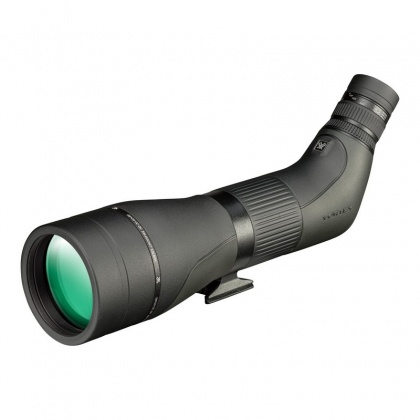



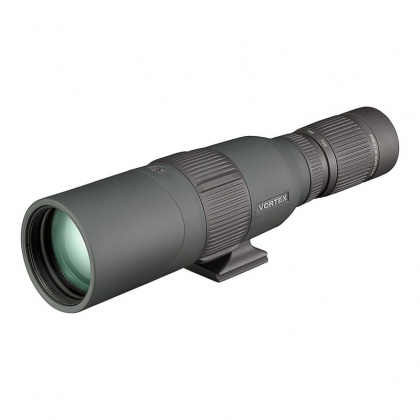
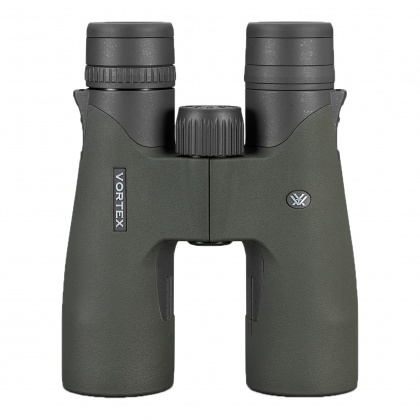
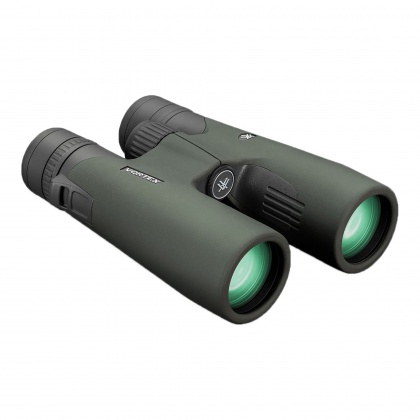

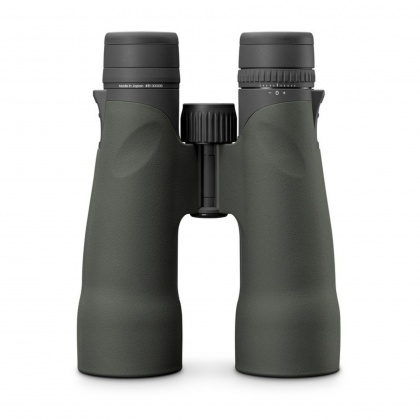


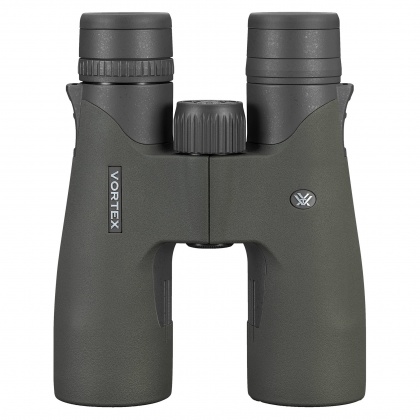
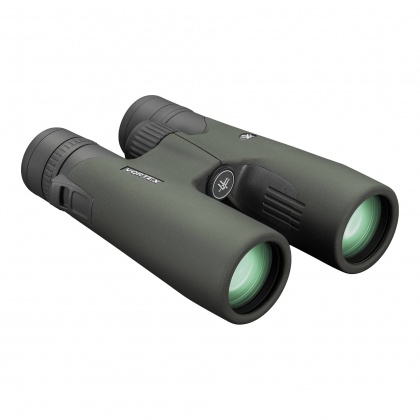
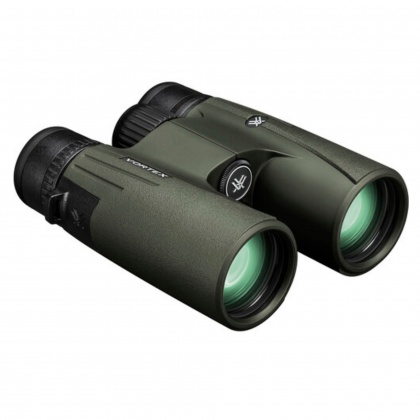
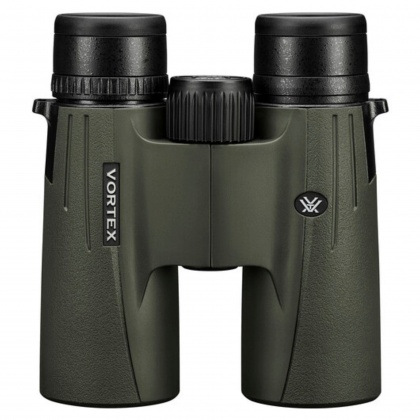
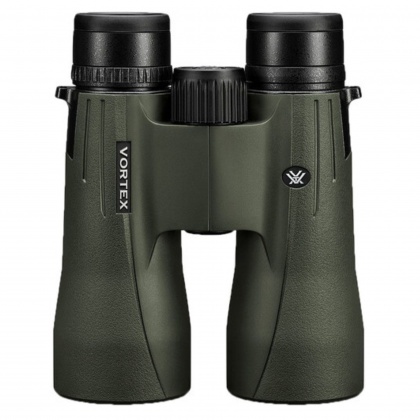
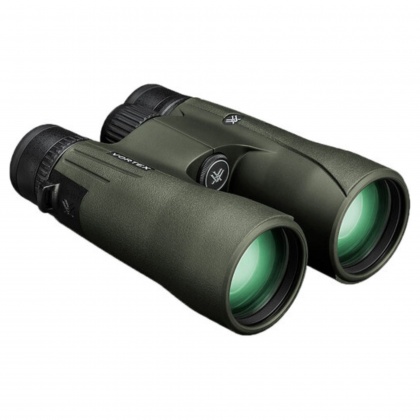
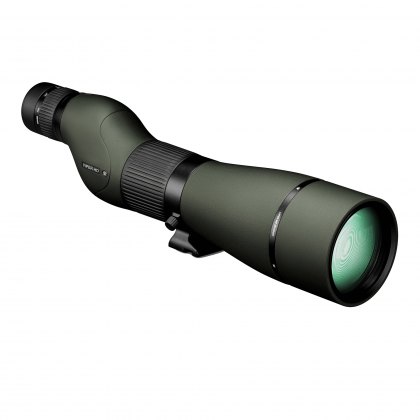
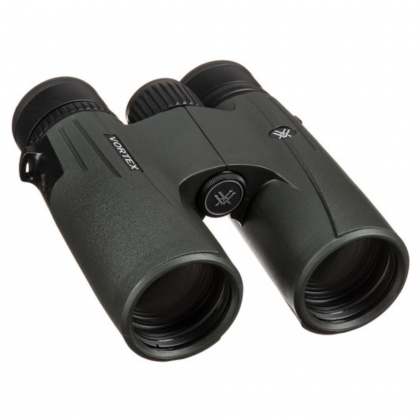




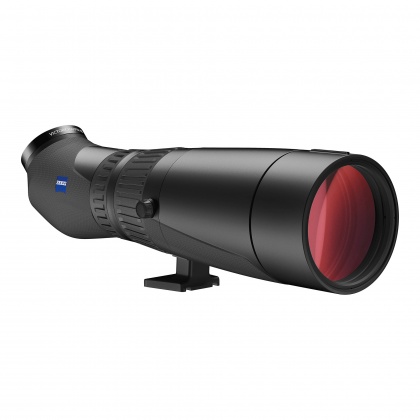

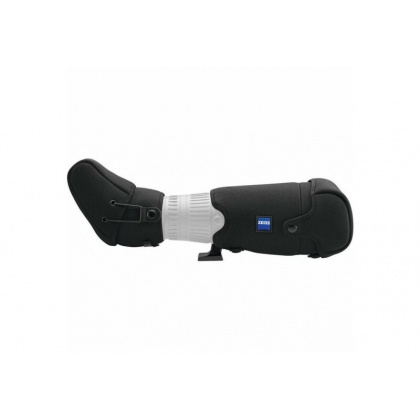
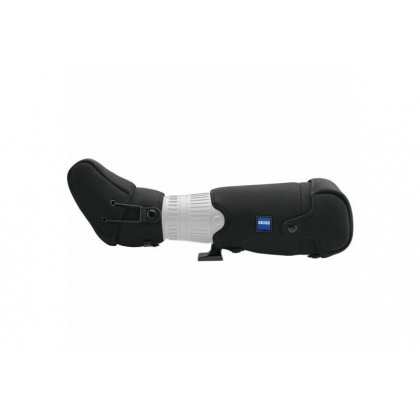







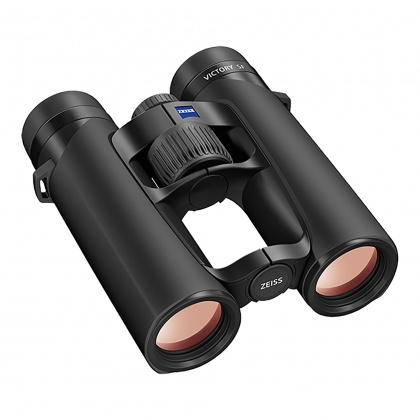







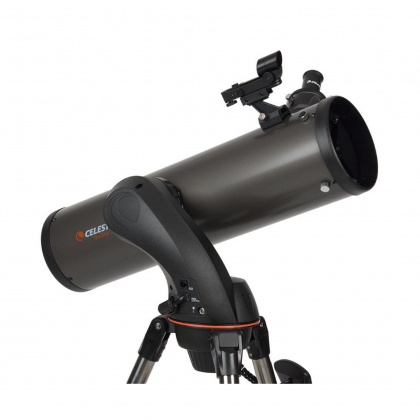

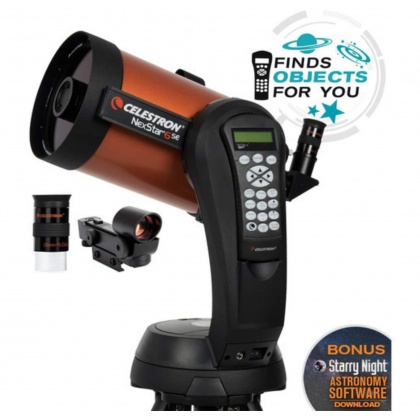
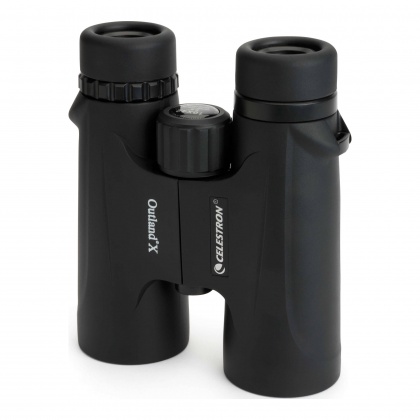
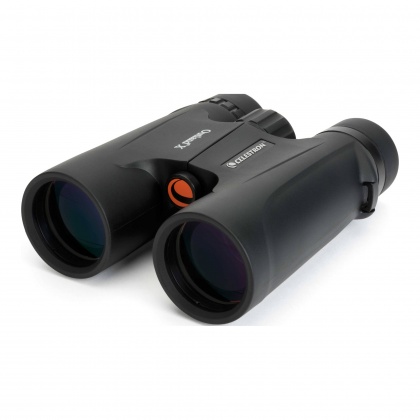


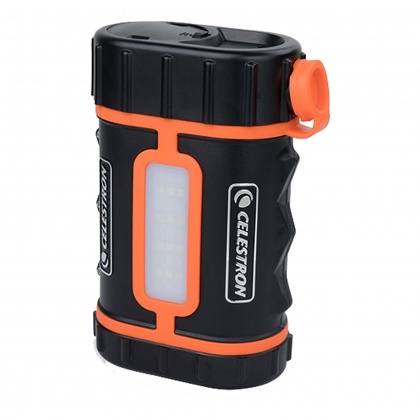
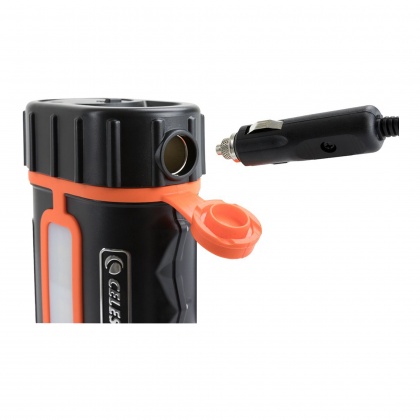

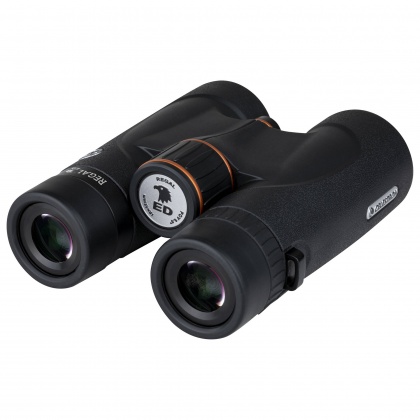

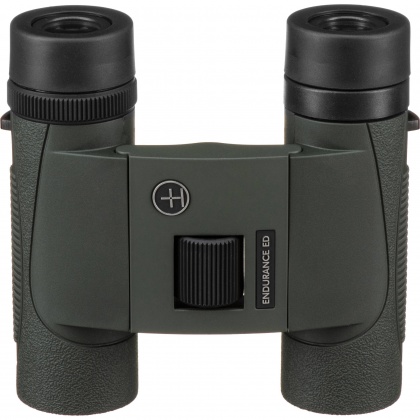

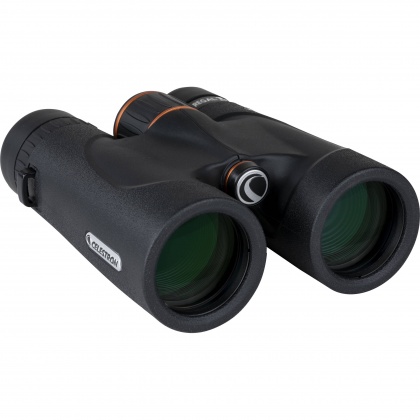
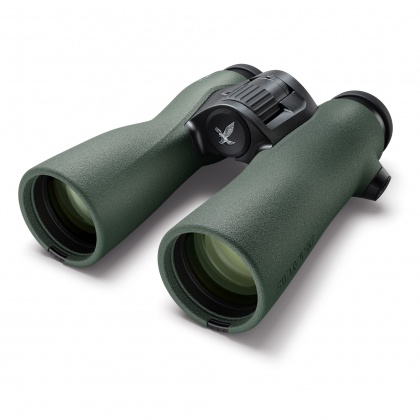
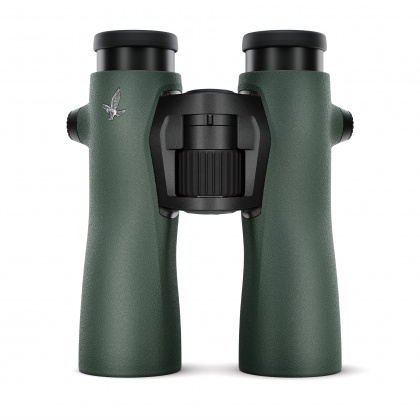

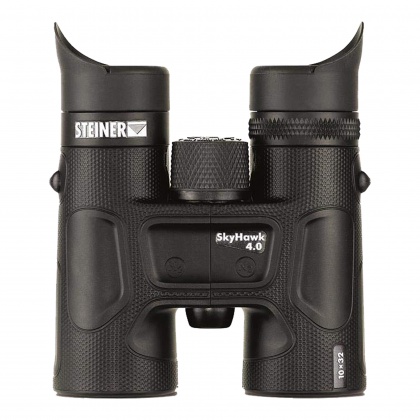
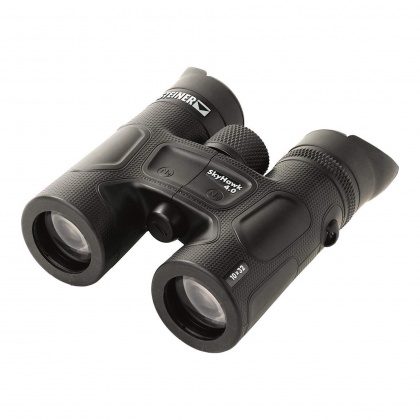

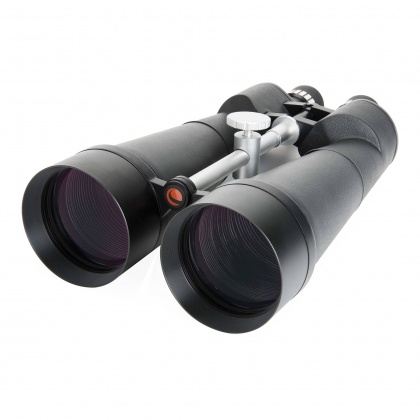

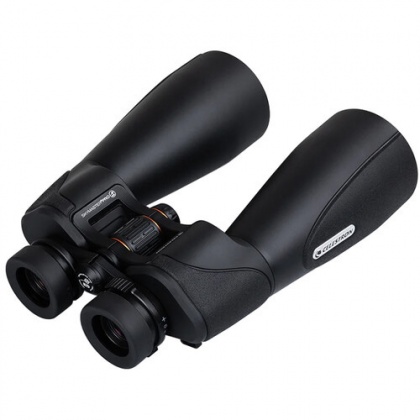

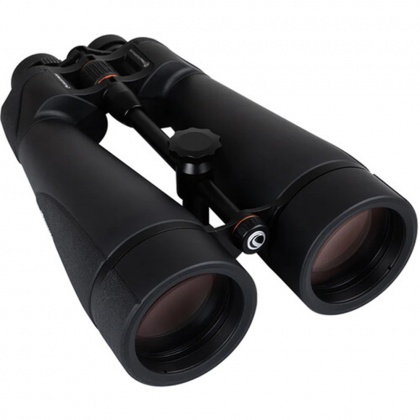


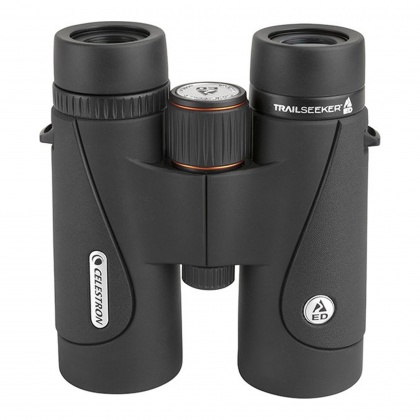




 No stock on site. Please allow 14 days for delivery
No stock on site. Please allow 14 days for delivery